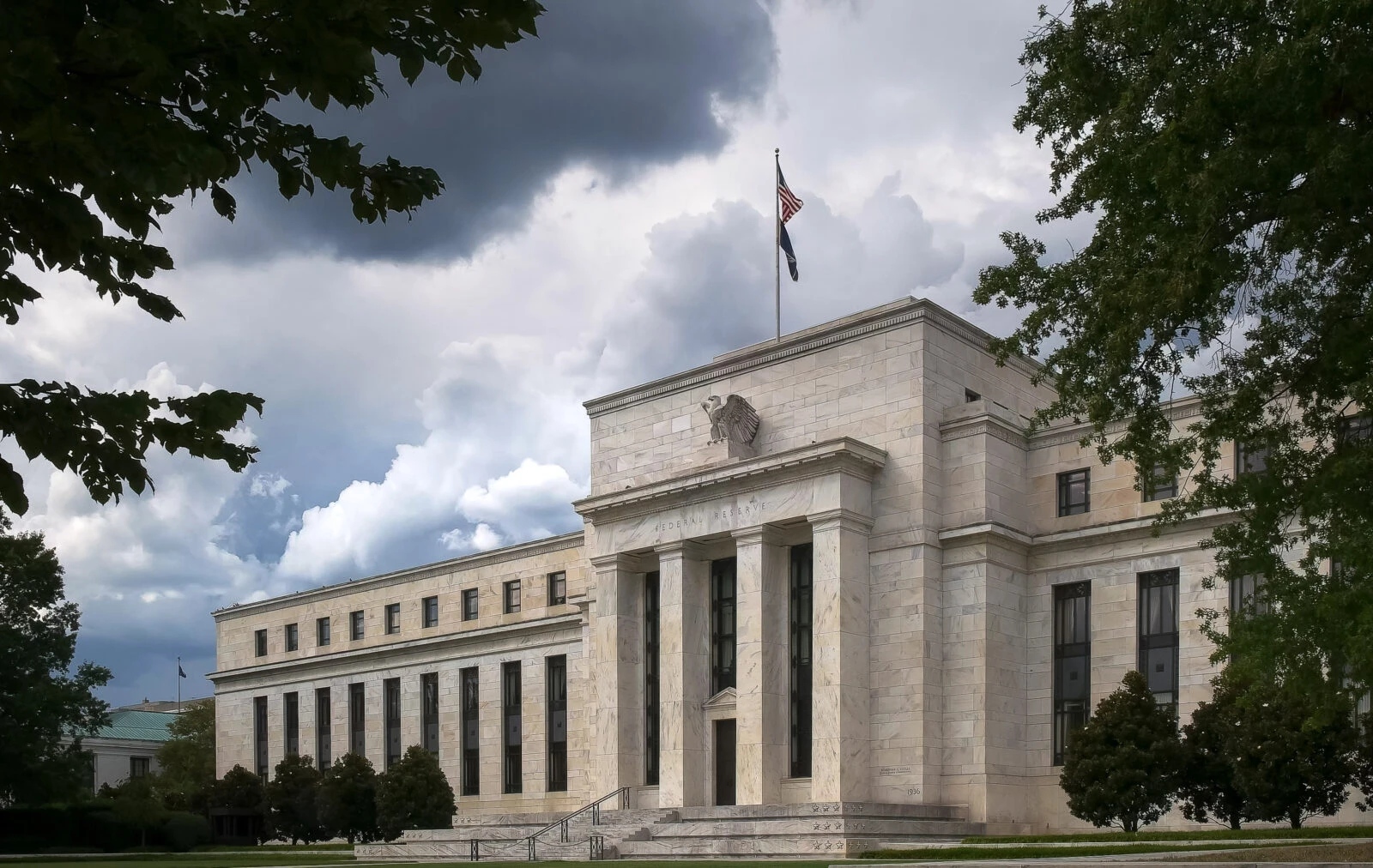Tariff tensions escalate mounting economic risks in US as stagflation worries resurface
 Photo illustration shows a pocket watch rests on U.S. dollar bills, accessed on Feb 19, 2025. (Adobe Stock Photo)
Photo illustration shows a pocket watch rests on U.S. dollar bills, accessed on Feb 19, 2025. (Adobe Stock Photo)
The minutes from the U.S. Federal Reserve’s March 18–19 FOMC meeting, released Wednesday, revealed mounting concern among policymakers, who warned of growing threats to both job markets and economic stability—while inflation risks continue to rise, adding pressure to an already fragile outlook.
In line with expectations, the Fed had left the federal funds rate unchanged in the target range of 4.25% to 4.5%. However, the minutes reflected growing uncertainty about the broader economic outlook among policymakers.
Officials noted that inflation could rise further this year, primarily due to the impact of higher tariffs. Still, they emphasized that there is significant uncertainty surrounding both the scale and persistence of these inflationary pressures.

“Participants remarked that uncertainty about the net effect of an array of government policies on the economic outlook was high, making it appropriate to take a cautious approach,” the minutes stated.
The minutes also highlighted that monetary policy remains well-positioned to respond to future developments. A restrictive stance could be maintained for longer if inflation remains elevated, while a more accommodative approach could be adopted should labor market conditions deteriorate or economic activity slow further.
Goldman Sachs withdraws recession forecast
On the other hand, economists at Goldman Sachs announced Wednesday afternoon that a recession is no longer their base-case scenario, following U.S. President Donald Trump’s decision to pause new tariffs.
Trump stated that 75 countries which refrained from retaliating against U.S. tariffs—and showed a willingness to engage in trade negotiations—would be granted a 90-day pause on additional tariffs. These countries would instead face a 10% reciprocal tariff.

However, tensions escalated after China responded with further tariff increases on American goods. In turn, Trump announced that tariffs—initially introduced on April 2 at 34% and gradually increased to 104% amid ongoing trade retaliation—would now be immediately raised to 125%.
“We are reverting to our previous non-recession baseline forecast, with GDP growth of 0.5% and a 45% probability of recession,” a team of economists led by Jan Hatzius wrote in a report. Just an hour earlier, the same team had forecast a 1% gross domestic product (GDP) contraction for the year and a 65% chance of the U.S. economy entering a recession within the next 12 months.



